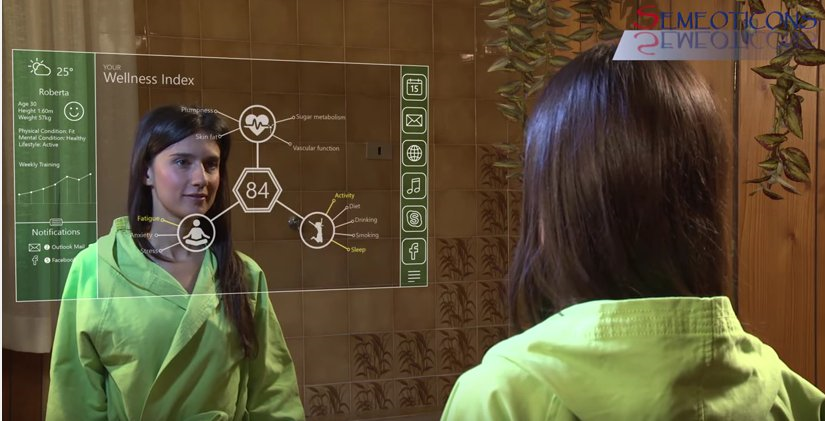SEMEiotic Oriented Technology for Individual's CardiOmetabolic risk self-assessmeNt and Self-monitoring
Funded under: FP7-ICT-2013-10
Project reference: Grant Agreement n. 611516
Start date 1 November 2013 End date 31 Octorber 2016
Keywords: Health & wellbeing, Face semeiotics, Cardio-metabolic diseases, Face morphology, Personalised guidance
Atherosclerotic cardiovascular diseases (CVDs), including heart disease and stroke, are the leading causes of mortality worldwide. The atherosclerotic illness develops insidiously and clinical manifestations often become evident in its advanced stages. This explains why CVDs represent one of the major challenges to the health system and considerable efforts are devoted to treat clinical manifestations of CVDs. These efforts have granted significant advances with actual improvements in patients’ outcome, quod ad vitam and valitudinem. However, despite their success, the pharmacological, interventional, and surgical treatments of CVDs cannot modify the epidemiological impact of the disease and the cost of current health systems grows exponentially with the widespread use of complex diagnostic procedures, as well as with population aging. At present, primary prevention seems to be the only way to limit the epidemic growth of CVDs by modifying the patho-physiological factors related to the genesis of the disease.
Cardio-metabolic risk is a cluster of risk factors indicative of a patient’s overall risk for CVD and type-2 diabetes. They include obesity, physical inactivity, smoke, alcohol abuse, abnormal lipid metabolism, hyper-glycaemia, and arterial hypertension. Educational programs and lifestyle interventions represent effective tools for reducing cardio-metabolic risk profile and incidence of CVDs. Such a prevention strategy is individually tuned and it requires an expensive organization of the health systems. A rationale alternative to intensive individual coaching is the development of systems for self-learning and self-monitoring. These systems may help people to change and maintain their lifestyle providing tailored suggestions about nutrition, weight, physical activity, fatigue, and stress according to daily surveys. Data collected by such coaching systems could be analysed and interpreted by health care professionals so as to support decision making targeted to the specific individual conditions. This approach has the potential to result highly cost-effective and might foster the diffusion of self-coaching systems with favourable impact on social, physiological, and environmental factors that, at present, remain barriers for the success of large-scale preventive intervention on CVD and diabetes.
In SEMEOTICONS, we have proposed the definition of the digital semeiotics of the face, i.e. the computerized evaluation of facial signs, focused on those signs that relate to some widely-recognized risk factors of CVDs. These signs are assessed by a number of computational descriptors that will be extracted from different observation modalities (morphometric, biometric, colorimetric, gestural and emotional analyses of the face, spectroscopic analysis of skin and iris, sub-cutaneous substances and the function of sub-cutaneous tissues, compositional analysis of breath and exhaled gas). An interactive smart mirror, easily deployable in normal-life settings, was developed by seamlessly integrating contactless sensors, such as three-dimensional (3D) optical sensors, a multispectral camera, gas detection sensors, and microphones. A touch-screen interface is also included for user’s interactions and output visualization. The resulting device is a kind of “wise wizard” mirror, called Wize Mirror. The integration of semeiotic descriptors occurs by a virtual individual’s model used to compute and trace the daily evolution of an individual’s wellness index. A health diary about this index is created so as to enable users to evaluate and personally relate their lifestyle to their well-being. A personalized user’s guidance is supplied according to users’ profiling so as to provide useful suggestions on correct lifestyle self-monitoring.
SILab was strongly involved in the project since the conception of the Wize Mirror idea, brainstormed in cooperation with the CNR Institute of Clinical Physiology. The lab team coordinated the project and other led two Work Packages, working on the definition of morphological signs related to weight and body composition (WP4), the design of the virtual individual’s model and the personalised guidance strategy (WP6), and coordinating the dissemination activities (WP10).
